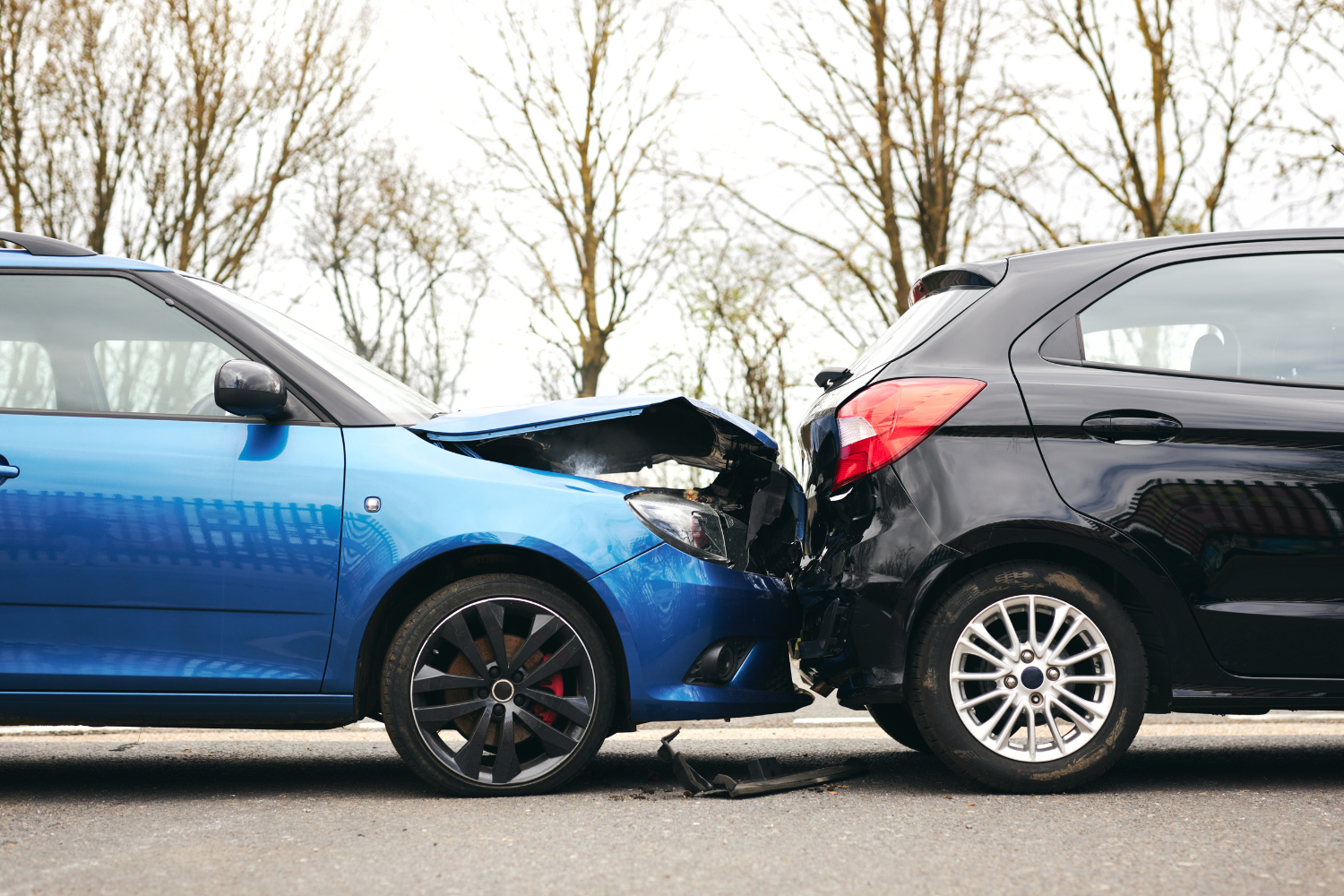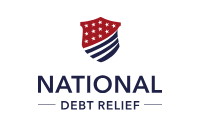What to Do After a Car Accident: Insurance Claims Process Explained

Car accidents are stressful, but knowing exactly what to do afterward can help you stay calm, protect yourself legally, and make the insurance claims process smoother. Whether it’s a minor fender bender or a more serious collision, taking the right steps immediately after the incident can make a big difference in your recovery—financially and emotionally.
Here’s a step-by-step guide on what to do after a car accident and how to navigate the auto insurance claims process with confidence.
Step 1: Ensure Safety First
- Check for injuries. Make sure you, your passengers, and others involved are safe.
- Move to a safe area. If the cars are drivable, move them out of traffic.
- Call 911. Report the accident and request medical help if needed. A police report is often essential for filing an insurance claim.
Step 2: Document Everything at the Scene
Gather as much information as possible, including:
- Other driver’s info: Name, phone number, license plate, insurance company, and policy number.
- Photos: Take clear photos of all vehicles, damages, skid marks, the scene, and any injuries.
- Witnesses: Get contact info from anyone who saw what happened.
- Police report number: If officers respond, ask for the case number and a copy of the report.
Tip: The more evidence you have, the easier it will be to support your claim.
Step 3: Notify Your Insurance Company
Even if the accident seems minor, report it to your insurer as soon as possible. You’ll typically need to provide:
- Your policy number
- Date, time, and location of the accident
- Description of what happened
- Contact info and insurance details of the other driver
Use a trusted provider that makes the process simple—comparison tools like Insure.com and Insurify offer helpful resources and reviews to choose insurance companies known for smooth claims handling.
Step 4: Understand Your Coverage Before You File
Different types of auto insurance coverage play different roles after an accident:
- Liability coverage pays for the other party’s injuries and damages if you’re at fault.
- Collision coverage pays to repair or replace your vehicle.
- Comprehensive coverage pays for non-collision damage (like theft or weather-related incidents).
- Uninsured motorist coverage protects you if the other driver has no insurance.
If you’re not sure what you’re covered for, tools like Affordable Auto Insurance can help you explore more comprehensive options at better rates.
Step 5: File Your Claim Promptly
After reporting the accident, your insurer will:
- Assign a claims adjuster to evaluate damage
- Request a written or verbal statement
- Review police reports, photos, and estimates
- Approve the claim and authorize repairs or compensation
Tip: Keep all documents organized, including repair bills and medical records.
Step 6: Get an Estimate and Approve Repairs
- Your insurer may recommend specific body shops, or you can choose your own.
- You might be eligible for a rental car during repairs (check your policy).
- Review the repair estimate carefully before giving the green light.
Step 7: Pay Your Deductible
If you’re using your own coverage (collision or comprehensive), you’ll be responsible for your deductible before your insurer covers the rest.
Want lower deductibles or more favorable terms? Compare policies via Finance Buzz to see which insurers offer the best flexibility.
FAQs: Auto Insurance Claims After an Accident
Q: Should I file a claim for minor damage?
A: It depends. If damage is minimal and both parties agree, paying out of pocket could avoid premium increases. However, always report the accident to your insurer to stay protected.
Q: Will my premiums go up after an accident?
A: If you’re at fault, your rates may increase. But some insurers offer accident forgiveness—compare with Insurify to find those policies.
Q: What if the other driver doesn’t have insurance?
A: Your uninsured motorist coverage kicks in if included in your policy.
Final Thoughts: Stay Calm, Covered, and Confident
Accidents are never easy, but knowing what to do—and having the right insurance—makes a huge difference. Always prioritize safety, document the scene, notify your insurer quickly, and follow the claims process closely.
Use tools like Insure.com, Insurify, Finance Buzz, and Affordable Auto Insurance to find the most responsive and supportive providers—before you ever need to file a claim.
Explore Our Categories

Credit Cards

Debt

Loans

Insurance

Retirement

Home Buying

Investing

Taxes
Free Yourself From Debt

National Debt Relief
✅ Reduce Your Debt – Pay Less Than You Owe!
✅ One Simple Monthly Payment – No More Juggling Bills.
✅ Get Relief From Credit Cards, Medical Bills & More
Ranked #1

